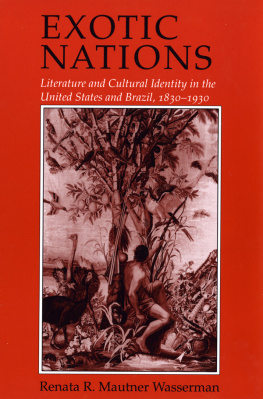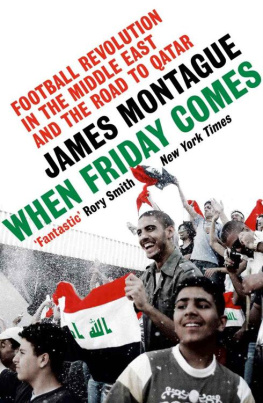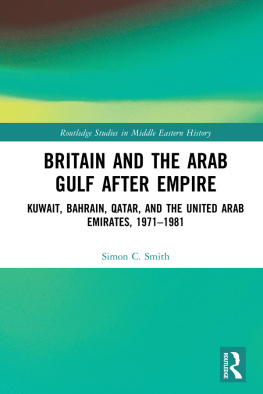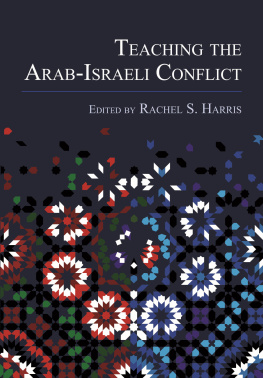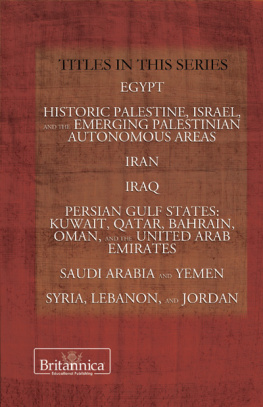Copyright 2017 by Gary Wasserman
Foreword 2017 by Dick Durbin
All rights reserved. No part of this book may be reproduced in any manner without the express written consent of the publisher, except in the case of brief excerpts in critical reviews or articles. All inquiries should be addressed to Skyhorse Publishing, 307 West 36th Street, 11th Floor, New York, NY 10018.
Skyhorse Publishing books may be purchased in bulk at special discounts for sales promotion, corporate gifts, fund-raising, or educational purposes. Special editions can also be created to specifications. For details, contact the Special Sales Department, Skyhorse Publishing, 307 West 36th Street, 11th Floor, New York, NY 10018or .
Skyhorse and Skyhorse Publishing are registered trademarks of Skyhorse Publishing, Inc., a Delaware corporation.
Visit our website at www.skyhorsepublishing.com.
10 9 8 7 6 5 4 3 2 1
Library of Congress Cataloging-in-Publication Data is available on file.
Cover design by Rain Saukas
Cover photo credit iStock
Print ISBN: 978-1-5107-2172-2
Ebook ISBN: 978-1-5107-2173-9
Printed in the United States of America
To the Wonderful Wasserman Women
Helen, Aunt Ann,
Ann, Eva
Adrienne, Laura
Table of Contents
Every time you make an experiment you learn more: quite literally, you cannot learn less.
Buckminister Fuller
Foreword
I have been reading Gary Wassermans writings for a long, long time.
Gary and I were students and friends at Georgetown Universitys School of Foreign Service many years ago. (Think Simon and Garfunkels Bridge Over Troubled Waters era). He was the editor of the campus magazine, the Courier , and I was a staff writer.
His one feature story I still remember came about when he decided our magazine should lead a campus effort to kill the school mascot, a lovable English bulldog named Jack.
Gary was upset that Jack, who lived in a fenced pen on campus, was being mistreated. When our mutt wasnt being paraded at weekly sports events he was locked in his hot pen with limited attention and occasionally with no water. So Gary ran a cover on our magazine with a blow up photo of Jacks beautiful, sad face and the headline: Lets Shoot Jack.
The cover story worked. Jacks life improved dramatically.
Reading the account of his years teaching at Georgetowns new campus in Qatar, I was glad to find Garys sense of humor intact as he introduces his story with A Jewish Guy Walks into a Catholic School in an Arab Country. But his insights into the formation of the campus, the challenge of teaching, and the lives of his students are thoughtful and timely.
He was clearly learning as much as he taught, witnessing the Muslim tradition in the lives of his students. His stories from the classroom and visits with his students years later show the impact of this transplanted campus on their lives. Though the students never seemed to appreciate his wry American humor, a liberal education at Georgetown University in Doha challenged their view of the world.
His overviews of Qatars history, the intrigues of the royal family, the nations bountiful economy, and the political perils of the region are timely as this tiny nation of 250,000 natives finds itself in the headlines in 2017. Age-old enmity with Saudi Arabia and edgy relationships with both terrorist groups and the United States government have created new and heated regional rifts.
Gary didnt duck the controversial political issues with his students. Frank dialogue on Israel, the Palestinians, and even the impact of AIPAC, the leading pro-Israel lobby in Washington, revealed the beliefs and prejudices in the next generation of Arab leaders. He finds students who have been taught Al Gore was a Jew and 9/11 an Israeli Mossad venture.
But the most powerful part of the book is the most personal. Gary tells us the struggles his students, particularly the young women, had reconciling their emerging identities with their Muslim faith and their loving but controlling families. A young Muslim woman takes a course on God and decides she is an atheist. Ordinary classroom life is shaken when another young woman switches unexpectedly from the traditional abaya and arrives in class in a blouse and jeans. More than one tells Gary that this Georgetown education is a way to cope with looming family pressures and a life constricted by limited opportunity for women.
He shares aspects of everyday life for the ex-pat: aggressive driving in Doha, socializing with other families, the experience of his LGBT friends, and the plight of migrant workers, an overwhelming part of the local economy.
After eight years Gary retires with a chapter reflecting on the future of our relations in the Middle East and experiments like the Georgetown campus in Doha. But its his candid, personal reflection on the Doha Experiment that brings an honest, even surprising, conclusion to the work.
Gary quotes an essay written by a student reflecting on the disruption of the Arab Spring. The student writes: Life is the cruelest teacher because it gives us the test before the lesson. This book despite its many moments of levity offers a serious and important lesson about the possibilities, and limitations, of American education as a bridge between cultures.
Senator Dick Durbin
INTRODUCTION
A Jewish Guy Walks into a Catholic School in an Arab Country
T his is a true story that sounds like a politically incorrect joke.
A Jewish guy walks into a fundamentalist Arab country he has never heard of to teach American politics at a Catholic college. It is a good job offering lots of perks. Assuming survival, of course. The story starts four years after 9/11. The United States was, as it is now, caught in a period of great despair over the Middle East. The Jewish guys family, only half-smiling, assure him they will recite the Mourners Kaddish if needed. An elderly aunt quietly and unhelpfully takes my hand: Gary, stay away from Arabs.
After eight years, the fears I took with me to the Middle East have subsided. Teaching at Georgetown Universitys new Foreign Service School in Doha, Qatar, didnt get me killed, kidnapped, or even treated badly. Instead, I became part of a significant, little-known movement of higher education from American institutions into the embattled nations of the Middle East. By accident, I dropped into the front lines of a clash of civilizationsor, more accurately, a confusion of cultures in which liberal universities confront a gaggle of students including fundamentalists, first-rate scholars, gay Muslims, wealthy jet-setters, Arab valley girls, Asian nerds, budding jihadists, and tomorrows world leaders. The stakes were high, the process often chaotic, the results surprisingly positive.
Georgetown Universitys leaders had the insight and courage to understand that if America wanted to send its best to a difficult region of the world, it should send scholars, not just soldiers. While I cant claim to be one of the best, my vices were my virtues. Not having studied the region before I arrived in Doha gave me some unexpected advantages. For starters, it gave me a certain openness toward what people had to say. I found myself listening, partly because I wasnt committed to many firm ideas of my own, other than my slowly diminishing paranoia.
My ambitions in writing this book, too, are modest. I did not try, while in Doha, to uncover the causes of terrorism, to explain the contradictions of Islam in the modern age, or to explore how Arab regimes have failed to adapt their societies to the challenges of the twenty-first century. Nor will I try to in this book. Others have made that effort, some successfully, some not. My stories are simple, honest, sometimes funny accounts of very different students interacting with one another and their American, Arab, and foreign teachers. The intimacy of the classroom allows candid exchanges. I have tried to capture what I saw: a surprisingly diverse Muslim group of young people struggling to find their way between conflicting worlds.



